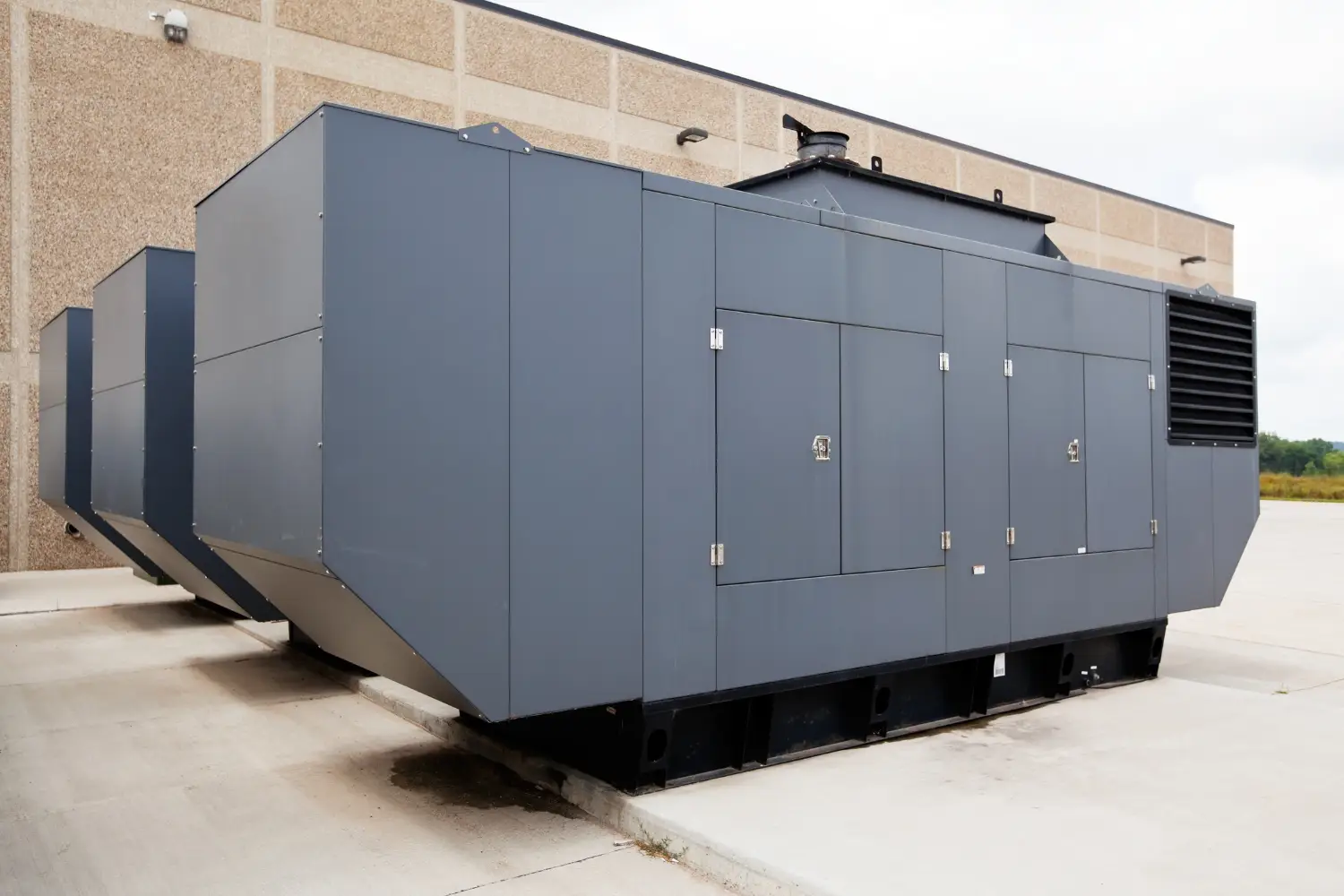9 Apr. 2025 | Geraforte
Energy Sizing Checklist for Companies
Properly sizing a company’s energy demand is essential to ensure safety, operational efficiency, and cost predictability. This checklist outlines the key steps to carry out this process in a practical and technical way.
1. Equipment Mapping
- List all equipment that consumes electricity in the company;
- Include devices used sporadically;
- Organize equipment by department or functional area;
- Record the rated power (in watts) of each item;
- Check technical labels or manufacturer manuals.
2. Usage Profile Survey
- Identify the average daily usage time of each piece of equipment;
- Note monthly operating frequency (days/month);
- Evaluate simultaneous equipment use in daily operations;
- Identify critical loads or devices running 24/7.
3. Energy Consumption Calculation
- Use the formula:
kWh = (Power × Hours/day × Days/month) ÷ 1,000 - Calculate the monthly consumption of each device;
- Add all values to obtain the company’s total monthly consumption;
- Identify the main equipment responsible for high consumption.
4. Simultaneous Demand Analysis
- Apply a demand factor to reflect actual simultaneous use;
- Evaluate peak consumption periods (load peaks);
- Consider seasonality, such as increased HVAC usage.
5. Apparent Power Calculation (kVA)
- Distinguish between active power (kW) and apparent power (kVA);
- Use the formula:
kVA² = kW² + kVAr² - Check the facility’s power factor;
- Use the kVA value to specify generators and transformers.
6. Safety Margin Application
- Add a margin of 20% to 30% to the calculated demand;
- Consider consumption variations and business growth;
- Ensure infrastructure supports peaks and future expansions.
7. Electrical Infrastructure Evaluation
- Check if the current electrical system supports the estimated load;
- Identify risks of overload or failures due to undersizing;
- Plan for updates to panels, cables, and breakers.
8. Use of Monitoring Technologies
- Install digital meters or power analyzers;
- Use Energy Management Systems (EMS) for real-time monitoring;
- Implement sensors and automation for intelligent demand control;
- Analyze historical consumption, peaks, and patterns by sector.
9. Specialized Support and Strategic Planning
- Hire consultants or electrical engineers if needed;
- Perform simulations based on real data and use scenarios;
- Include energy sizing in the company’s infrastructure planning;
- Periodically reassess demand based on operational changes.
10. Generator Readiness
- Calculate the required capacity in kVA, considering the power factor;
- Check the type of load (reactive, resistive, or mixed);
- Evaluate the installation site and expected runtime;
- Ensure the generator is integrated into the business continuity plan.
Following this checklist ensures efficient and safe energy sizing, aligned with business growth. It also reduces failure risks, optimizes resources, and strengthens operational sustainability.
Want to know more?
Discover our products.
Discover our products.





